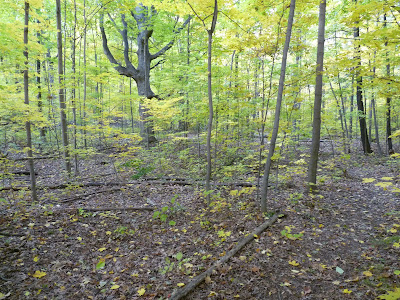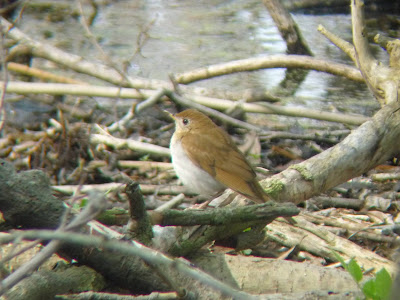(1) The bird must have been within the prescribed area and time-period when encountered.
(2) The bird must have been a species currently accepted by the ABA Checklist Committee for lists within its
area, or by the A.O.U. Checklist for lists outside the ABA area and within the A.O.U. area, or by Clements for all other areas.
(4) Diagnostic field-marks for the bird, sufficient to identify to species, must have been seen and/or heard and/or documented by the recorder at the time of the encounter.
What's about the webcams?
Nowhere in these rules I found anything that prevents me to add on my life list a species seen on a webcam . Rule 1 specify the location of the bird, not the observer, rule 2, 3 and 4 are irrelevant, and rule 5 is actually a lot in favor on this particular form of twitching, because you actually don't use any fossil-based fuel to see the bird.
One might argue that "encountered" specified in rule 1) actually imply being physically present to observe the bird.
Are you kidding?
Plus, nobody said that "encounter" meant "in real life", rather that "virtually". Nowadays, lots of people meet virtually "friends" who live thousand of miles away, thanks to social networking websites such as facebook. So I think a webcam based encounter is indeed a real encounter.
That opens a new world of possibilities, isn't it?
look at a feeding station in California, and here we are!
 You are short in cash, but think you can identify every single one of the 136 species of hummingbirds that can be found in equator? For this check the buenaventura webcam in Ecuador! The quality of the streamed video is really good
You are short in cash, but think you can identify every single one of the 136 species of hummingbirds that can be found in equator? For this check the buenaventura webcam in Ecuador! The quality of the streamed video is really good While looking at that webcam, I was able to find a bird I could recognize and identify (well at least I think) : the green jay! That's one more lifer on my list!
 You feel a little bit overwhelmed by the number of hummingbirds? I am too (I need to find a book about South American birds before to really work on that one). So I choose to take a short trip to Antartica , because I need a few penguins on my list
You feel a little bit overwhelmed by the number of hummingbirds? I am too (I need to find a book about South American birds before to really work on that one). So I choose to take a short trip to Antartica , because I need a few penguins on my list











 Berries were everywhere, so it might be an interesting winter birding destination!
Berries were everywhere, so it might be an interesting winter birding destination!





 A few minutes later, all the goldfinches were back. The finches are now almost completly in their winter plumage:
A few minutes later, all the goldfinches were back. The finches are now almost completly in their winter plumage:







 Marsh Wren. Jeeez these buggers are hard to shoot!!!!
Marsh Wren. Jeeez these buggers are hard to shoot!!!!
 Silvery Checkerspot
Silvery Checkerspot Male Orchard Oriole, in terrible mid afternoon light (as Jochen told me once, any birding is better than no birding!)
Male Orchard Oriole, in terrible mid afternoon light (as Jochen told me once, any birding is better than no birding!)


 Sleeping Bear Dunes Landscape
Sleeping Bear Dunes Landscape
 Piping Plover nest protection. I was tempted to get a bit closer to see if I could see a plover, but I thought it was better to leave them alone......
Piping Plover nest protection. I was tempted to get a bit closer to see if I could see a plover, but I thought it was better to leave them alone......





 Gray Catbird
Gray Catbird Yellow rumped warbler
Yellow rumped warbler







